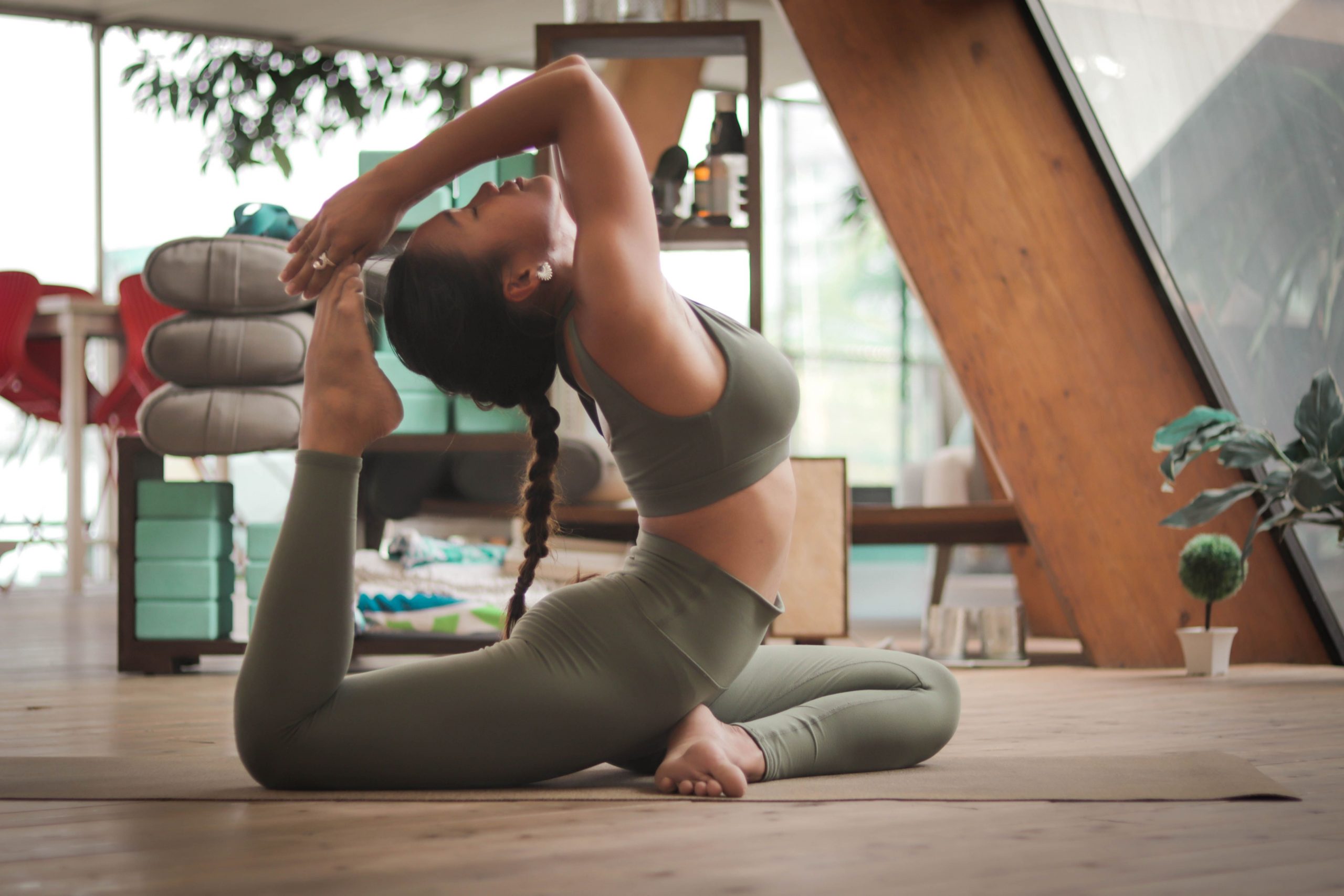If you have tested positive for COVID-19, talk to your doctor about the best course of action. If you are healing at home, as many individuals do, it is critical to focus on your food, sleep, and rest.
Yoga may be a very valuable technique for patients in the rehabilitation process, boosting immunity and regaining strength. Anshuka Parwani, a famous yoga instructor, has posted a guide on Instagram that explains several yoga routines, positions, and breathing methods that may be used as you recover from COVID.
Also Read | 5 breathing exercises and techniques to follow for better results
There are a total of seven points, the first of which is pranayama and breathwork. According to Parwani, a few simple breathwork and pranayama practices that will improve lung capacity and promote immunity are:
Kapalbhati
Anulom Vilom
Bhastrika
“Breathing exercises, when done correctly, help in expanding lung capacity, assisting in improved oxygenation and carbon dioxide exhalation,” she says.
Also Read | 10-minute morning yoga routine to energise your day
She then goes on to recommend belly breathing, particularly for individuals who are “trapped in a condition of anxiousness.” Parwani, who shared a video alongside actor Rakul Preet, calls it “belly breathing” or “breathwork for anxiety.”
“Here’s a basic breathwork technique to try while you’re in #selfquarantine.” “Deep breathing considerably lessens the body’s stress reaction,” she explains.
Also Read | Things to keep in mind before starting a yoga routine
The expert then discusses “sama vritti breathing,” noting that “sama” means “same,” “equal,” or “smooth,” while “vritti” means “fluctuations.” “With this breathing technique, we wish to achieve an equal ratio of breath in and breath out.” Here’s how you can put it into practice:
Following that is Box Breathing, which is defined as “a basic breathing technique that swiftly calms you down and you immediately feel more ‘grounded’ and more ‘yourself.'” You must do the following:
Also Read | Yoga poses that might help combat epilepsy
– Take 4-5 deep breaths.
– Maintain for 4-5 counts.
– Hold your breath for 4-5 counts before exhaling.
– Maintain for 4-5 counts.
You can also attempt some simple stretches and asanas, such as:
Also Read | These 3 asanas are Malaika Arora’s go to for core strength
1. The Cat/Cow Pose
2. Butterfly position
3. Pose of a Seated Pigeon
4. Side Extend
5. Pose for releasing the wind
“Perform these poses a few times a week, holding each one for at least 10 to 15 breaths or 30 seconds.” “If you’ve never done them before, start small and work your way up,” the instructor advises.
Finally, you can try some stress-relieving asanas. “You may never be fully stress-free, but it’s critical to relieve or lessen stress levels since they harm us in ways we don’t always realize.” Take some time out of your day to practice these basic stress-relieving yoga positions. Each of these asanas should be held for 15-20 seconds:
Also Read | COVID-induced fatigue? Here’s how to rebuild strength post-recovery
Anjaneyasana – Low Lunge
Sukhasana – Seated
Setu Bandhasana – Bridge
Uttana Shishosana – Puppy
Malasana – Garland
Gomukhasana – Cow”
However, Parwani cautions that before beginning any type of yoga practice, one should “always consult with [their] doctor and examine the contraindications.”







